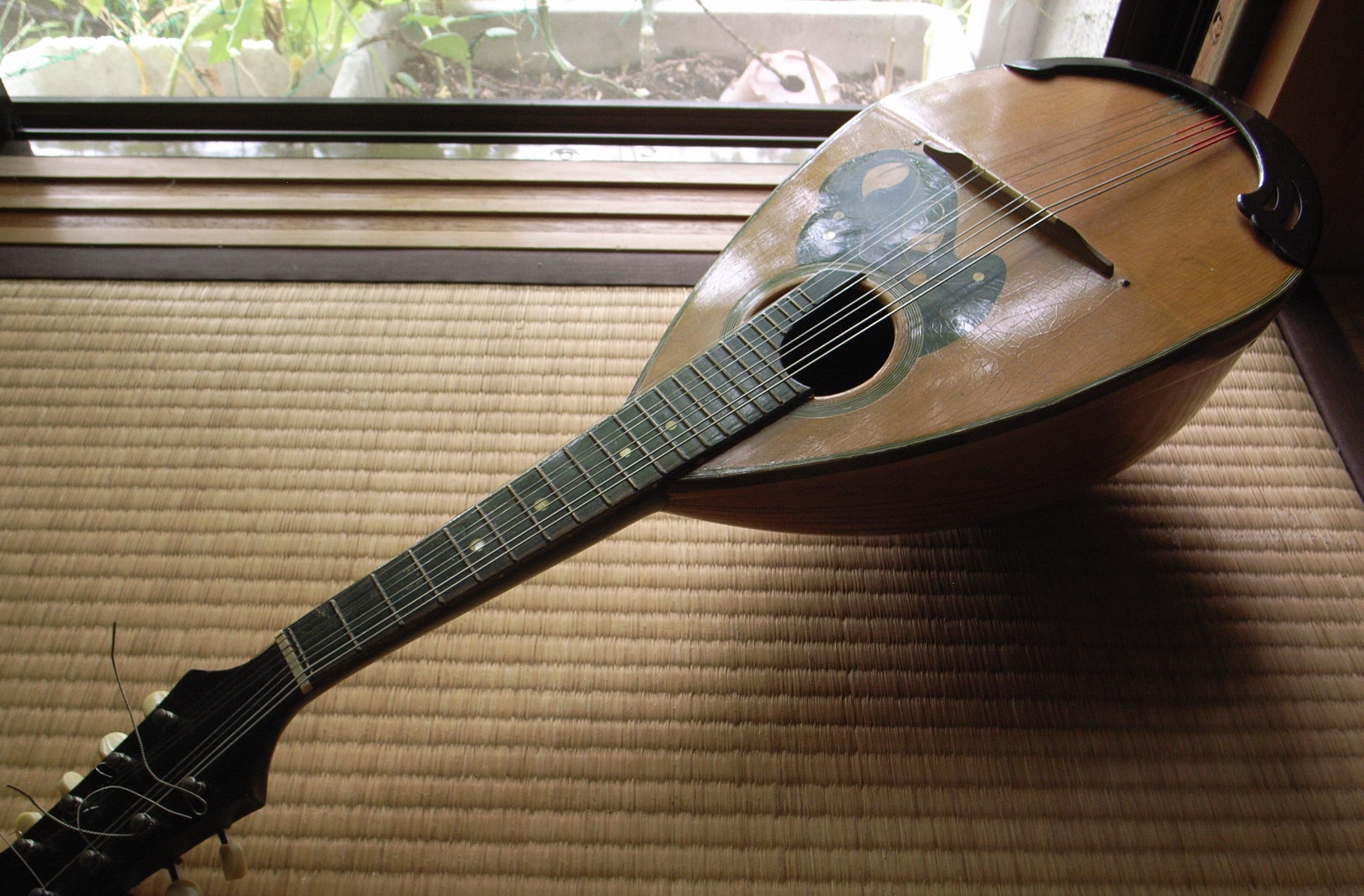It’s no mystery that the mandolin is ideal for musicians in all genres. Whether you’re a bluegrass musician or a jazz musician, most artists will agree that the warm sound of this wooden stringed instrument is hard to beat.
However, it will be surprising to many people just how easy it is to learn the mandolin. By nature of its simplicity, it’s also an intuitively easy instrument overall. So we’ll look at what you can expect when you decide to make music with your mandolin!
Is Mandolin Hard To Learn?
The mandolin is easy to play in most cases because it doesn’t put as much pressure on your fingers. Moreover, the mandolin is easy to learn and play because it is a small, portable instrument. You can easily fit it in your lap or on a music stand, so it’s great for performing on the go. However, like any instrument, it takes practice.
Let’s move forward and talk about what you can expect when learning mandolin, so tune in!
1. Mandolin is a Stringed Musical Instrument
A mandolin is a stringed instrument generally played with a plectrum. It usually has eight strings, divided into four courses of double metal strings tuned in unison.
Some of its most popular types are,
- flat-backed mandolin,
- round-backed mandolin, and
- archtop mandolin
Each instrument has a unique sound and connects to a specific genre of music.
You can often hear its tones in bluegrass, classical, jazz, and even some Irish and Celtic melodies.
Mandolins are an excellent instrument if you want to perform a lot of solo work because their tone can easily cut through the sound of a band!
2. Mandolin is Simple to Learn but Different to Guitar
Learning to play the mandolin is not hard because it is portable, light, and compact.
In contrast to a regular guitar, which only has one string for each note, you must learn to address two separate strings to play the mandolin properly.
Depending on the song’s key, the scale structure will be spelled out straightforwardly on the fingerboard, making it easier to grasp with practice.
To quickly master the mandolin, a beginner must be fully committed, sincere, and patient!
3. Get the Right Mandolin
First and foremost, get the appropriate mandolin for you.
You may spend between $100 to $400 on an excellent mandolin with a decent tone and playability.
Second, you may enroll in a local mandolin class. Classes can cost you from $500 to $3000 per semester from reliable music schools.
Third, textbooks such as Mandolin Method Book 1 and Mandolin for Beginners are also excellent sources.
4. Mandolin is a Modern Member of The Lute Family
Historically, a mandolin belongs to the lute family. It began to evolve in Germany and Italy in the 18th century.
While at present, the mandolin is produced in a range of sizes from soprano to contrabass worldwide.
When learning this instrument, beginners must stick to one genre of music from their preferred genres. Then, a mandolin coach may modify your lessons to that playing style.
However, if you have previous guitar playing experience, your strumming/picking hand will have little trouble adjusting to the change!
5. Musical Instrument Competence in Learning the Mandolin
Being proficient in this area provides you with an advantage over musical instruments.
If you play mandolin at a gathering, you’ll likely draw admirers.
Additionally, mandolin playing can encourage creative expression. Your blues may disappear after a mandolin session.
But before achieving all of these, you must get on to whole songs and practice playing single notes and chords!
You can watch online channels like ArtistWorks, Udemy, Peghead Nation, and Mandolin Compass if you don’t have any extra budget!
6. Passion for Music

Some students develop a passion for music when they have the opportunity to play an instrument that produces such beautiful tones.
For them, there are no restrictions on what they can learn about mandolin’s rhythm and melody.
Above all, these classically trained and soulful students understand that mastering the mandolin means connecting with your emotions and musicality!
7. Learning Mandolin at Music Schools and Studios
While it is possible to learn online, nothing beats taking a private lesson with a reputable coach in a music school environment.
In most cases, this would mean learning from a reliable music teacher at a music school or studio.
According to studies, learning from a reputable music school also requires high levels of concentration, which prepares students to focus when learning the mandolin.
While music studios charge between $100 and $300 per month, music colleges charge between $500 and $3000 every semester!
8. Earning Income Using Your Mandolin Skill Set
If you take Mandolin playing seriously, it can be a fantastic way to make a living.
You might teach lessons as an online music coach, at home, or in a classroom. Consequently, you can start charging between $50 and $100 per hour.
You can also get employment as a professional orchestra in the US, which pays $98,176.
Whether you choose to play the mandolin as teaching or performing profession, you may do it while earning money and enjoying yourself!
9. Best Practice in Learning the Mandolin
A beginner can learn mandolin in about 90 days if motivated to do so.
Like any other instrument, the mandolin has unique problems, so it may take a lot of practice if you can’t pick it up naturally.
As frequently advised by music teachers, do not undervalue the advantages of efficient practice over laborious practice.
One hour of focus and determination outweighs the benefits of many hours of distraction and fatigue.
In learning mandolin, regardless of how high your desire, set goals that are reasonable, attainable, and modest!
10. Awareness of the Issues with Playing the Mandolin
Muscle cramping in the hands from overuse is a common problem for mandolin players.
Unfortunately, professional musicians are much more likely to have this condition than aspiring musicians.
Technically, those who play this kind of instrument may develop dystonia. However, anyone can experience dystonia’s uncontrollable twisting, repeated movements, or abnormal stances.
When playing the mandolin, they can encounter these abnormalities that frequently affect several hand areas!
11. Chord Memorization
There are 12 key chords in a mandolin instrument, and you need to modify one note in the chord quality to find the minor chords.
Some beginners might find it challenging to remember all these chords at once.
That is why you’ll need to practice steadily to learn the chords and be patient in memorizing all the necessary tunes and tones!
To learn more, you can also see our posts on Guitar, Clarinet, Accordion, Violin, and Trumpet.
Conclusion
Mandolin has a reputation for being difficult to learn. But it’s not. It seems that way to beginners because they haven’t spent time honing the rough edges.
Give yourself plenty of time, and you will start enjoying yourself with its unique tones and smooth and rich sounds while your fingers move in graceful arches above the strings. It’s also super simple to take with you on your next trip!
Ultimately, the mandolin is among the most affordable and manageable instruments worldwide. As a result, it has remained a staple instrument of bluegrass music, as shown by its widespread popularity in music orchestras!

